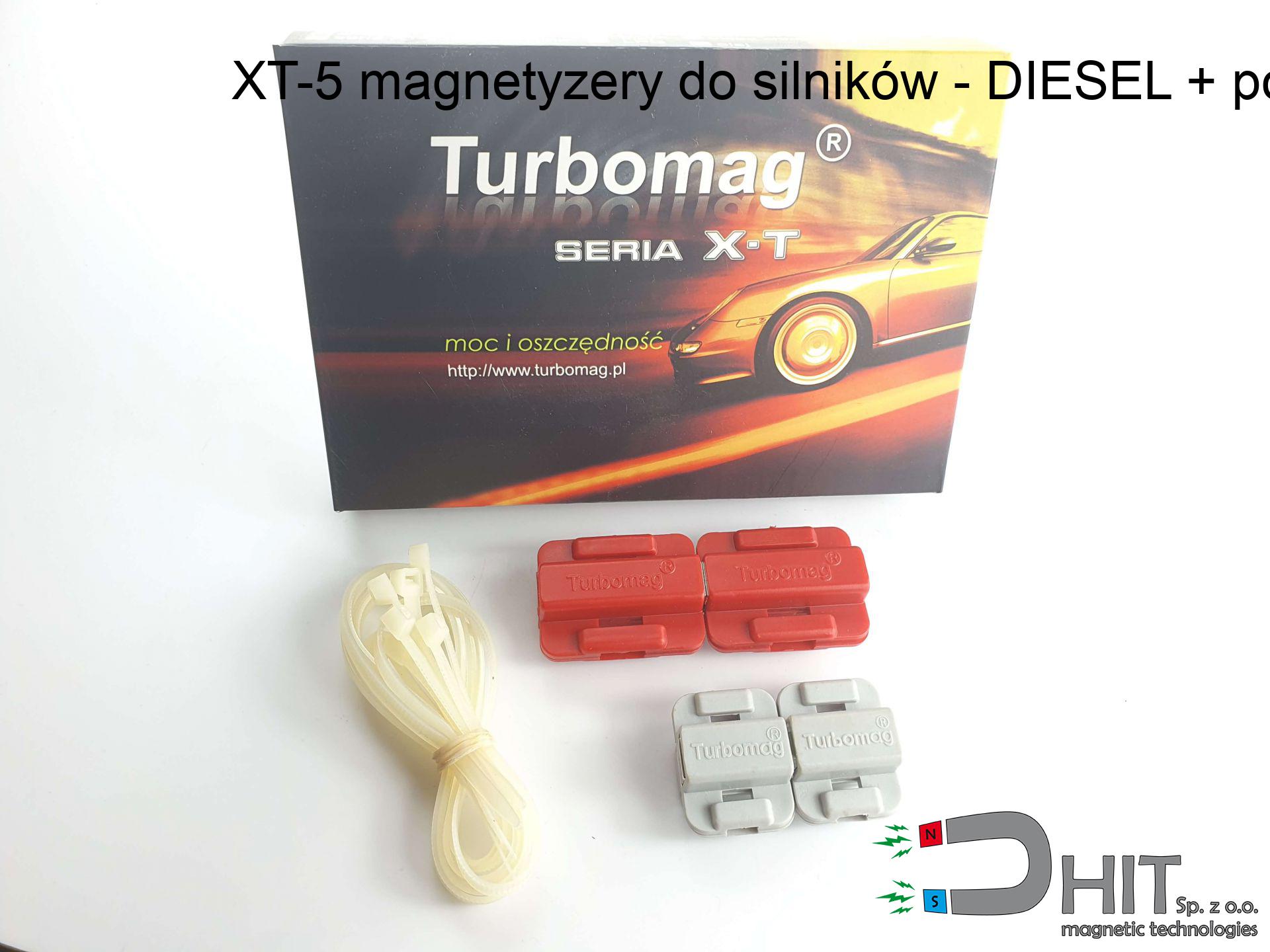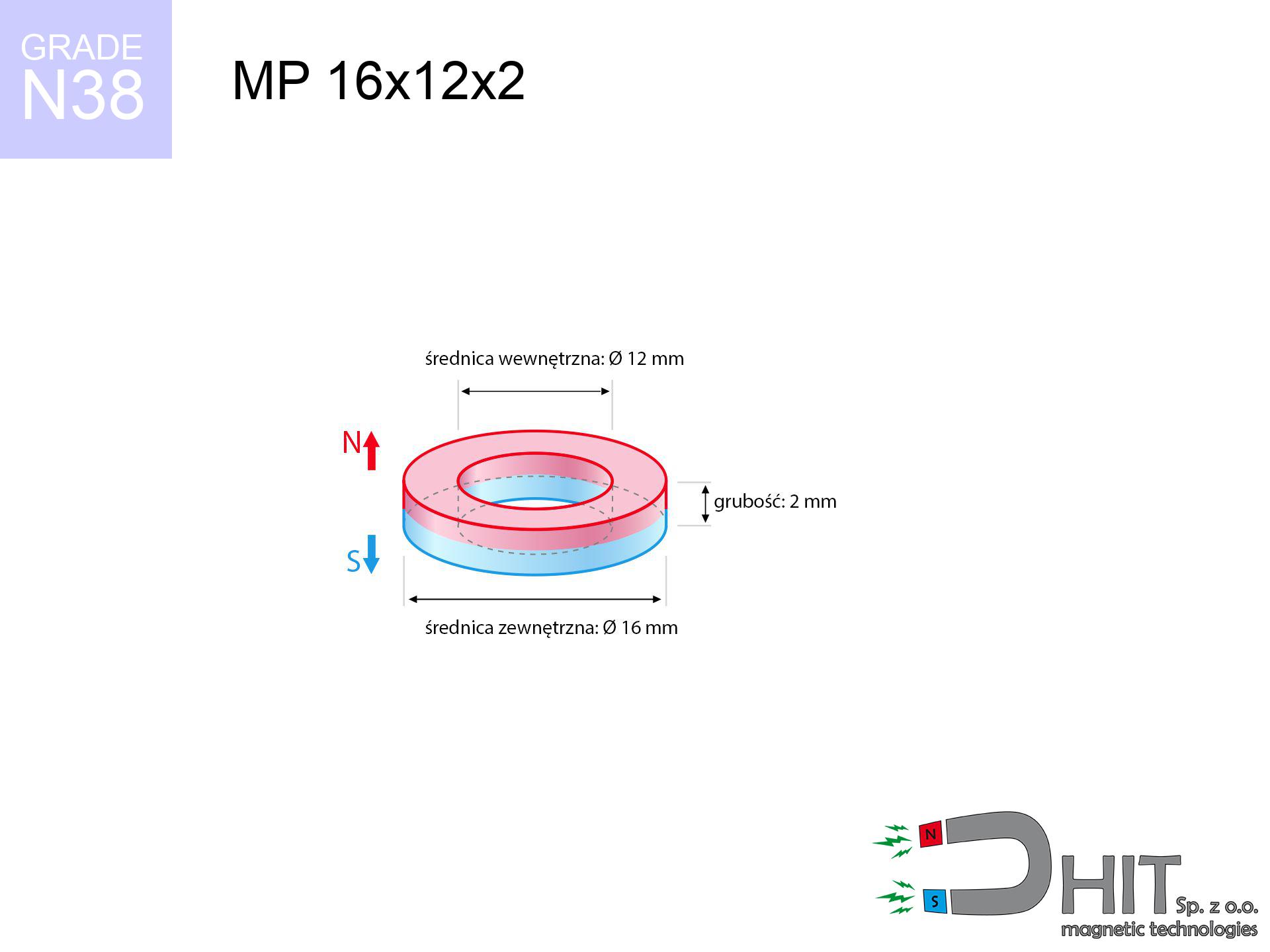SMZR 32x100 / N52 - magnetic separator with handle
magnetic separator with handle
Catalog no 140237
GTIN/EAN: 5906301813453
Diameter Ø
32 mm [±1 mm]
Height
100 mm [±1 mm]
Weight
660 g
Magnetic Flux
~ 10 000 Gauss [±5%]
369.00 ZŁ with VAT / pcs + price for transport
300.00 ZŁ net + 23% VAT / pcs
bulk discounts:
Need more?
Give us a call
+48 888 99 98 98
if you prefer contact us through
form
the contact section.
Weight along with structure of a neodymium magnet can be calculated with our
online calculation tool.
Same-day shipping for orders placed before 14:00.
Physical properties - SMZR 32x100 / N52 - magnetic separator with handle
Specification / characteristics - SMZR 32x100 / N52 - magnetic separator with handle
| properties | values |
|---|---|
| Cat. no. | 140237 |
| GTIN/EAN | 5906301813453 |
| Production/Distribution | Dhit sp. z o.o. |
| Country of origin | Poland / China / Germany |
| Customs code | 85059029 |
| Diameter Ø | 32 mm [±1 mm] |
| Height | 100 mm [±1 mm] |
| Weight | 660 g |
| Material Type | Stainless steel AISI 304 / A2 |
| Magnetic Flux | ~ 10 000 Gauss [±5%] |
| Size/Mount Quantity | 2xM8 |
| Polarity | circumferential - 3 poles |
| Casing Tube Thickness | 1 mm |
| Manufacturing Tolerance | ±1 mm |
Magnetic properties of material N52
| properties | values | units |
|---|---|---|
| remenance Br [min. - max.] ? | 14.2-14.7 | kGs |
| remenance Br [min. - max.] ? | 1420-1470 | mT |
| coercivity bHc ? | 10.8-12.5 | kOe |
| coercivity bHc ? | 860-995 | kA/m |
| actual internal force iHc | ≥ 12 | kOe |
| actual internal force iHc | ≥ 955 | kA/m |
| energy density [min. - max.] ? | 48-53 | BH max MGOe |
| energy density [min. - max.] ? | 380-422 | BH max KJ/m |
| max. temperature ? | ≤ 80 | °C |
Physical properties of sintered neodymium magnets Nd2Fe14B at 20°C
| properties | values | units |
|---|---|---|
| Vickers hardness | ≥550 | Hv |
| Density | ≥7.4 | g/cm3 |
| Curie Temperature TC | 312 - 380 | °C |
| Curie Temperature TF | 593 - 716 | °F |
| Specific resistance | 150 | μΩ⋅cm |
| Bending strength | 250 | MPa |
| Compressive strength | 1000~1100 | MPa |
| Thermal expansion parallel (∥) to orientation (M) | (3-4) x 10-6 | °C-1 |
| Thermal expansion perpendicular (⊥) to orientation (M) | -(1-3) x 10-6 | °C-1 |
| Young's modulus | 1.7 x 104 | kg/mm² |
Table 1: Rod construction
SMZR 32x100 / N52
| Parameter | Value | Description / Unit |
|---|---|---|
| Diameter (Ø) | 32 | mm |
| Total length | 100 | mm (L) |
| Active length | 80 | mm |
| Section count | 3 | modules |
| Dead zone | 20 | mm (Blaszka 2mm + Gwint 18mm) |
| Weight (est.) | ~611 | g |
| Active area | 80 | cm² (Area) |
| Housing material | AISI 304 | 1.4301 (Inox) |
| Surface finish | Ra < 0.8 µm | Polished |
| Temp. class | 80°C | Standard (N) |
| Force loss (at max °C) | -12.8% | Reversible loss (physics) |
| Force (calculated) | 41 | kg (theor.) |
| Induction (surface) | ~10 000 | Gauss (Max) |
Chart 2: Field profile (3 sections)
Chart 3: Temperature performance
Elemental analysis
| iron (Fe) | 64% – 68% |
| neodymium (Nd) | 29% – 32% |
| boron (B) | 1.1% – 1.2% |
| dysprosium (Dy) | 0.5% – 2.0% |
| coating (Ni-Cu-Ni) | < 0.05% |
Ecology and recycling (GPSR)
| recyclability (EoL) | 100% |
| recycled raw materials | ~10% (pre-cons) |
| carbon footprint | low / zredukowany |
| waste code (EWC) | 16 02 16 |
Other proposals
Advantages as well as disadvantages of neodymium magnets.
Pros
- They do not lose power, even during nearly ten years – the drop in strength is only ~1% (based on measurements),
- Magnets effectively defend themselves against demagnetization caused by foreign field sources,
- In other words, due to the aesthetic finish of silver, the element is aesthetically pleasing,
- Magnets have exceptionally strong magnetic induction on the active area,
- Made from properly selected components, these magnets show impressive resistance to high heat, enabling them to function (depending on their shape) at temperatures up to 230°C and above...
- Possibility of individual modeling and optimizing to precise conditions,
- Versatile presence in modern industrial fields – they find application in HDD drives, electric motors, medical devices, as well as other advanced devices.
- Relatively small size with high pulling force – neodymium magnets offer impressive pulling force in tiny dimensions, which makes them useful in miniature devices
Disadvantages
- At strong impacts they can crack, therefore we recommend placing them in steel cases. A metal housing provides additional protection against damage, as well as increases the magnet's durability.
- We warn that neodymium magnets can lose their strength at high temperatures. To prevent this, we advise our specialized [AH] magnets, which work effectively even at 230°C.
- When exposed to humidity, magnets start to rust. To use them in conditions outside, it is recommended to use protective magnets, such as magnets in rubber or plastics, which prevent oxidation and corrosion.
- We recommend a housing - magnetic mount, due to difficulties in realizing threads inside the magnet and complicated shapes.
- Possible danger resulting from small fragments of magnets are risky, when accidentally swallowed, which is particularly important in the aspect of protecting the youngest. It is also worth noting that small elements of these devices are able to complicate diagnosis medical after entering the body.
- With budget limitations the cost of neodymium magnets is economically unviable,
Pull force analysis
Maximum lifting force for a neodymium magnet – what affects it?
- using a base made of high-permeability steel, serving as a ideal flux conductor
- possessing a thickness of at least 10 mm to ensure full flux closure
- characterized by even structure
- with direct contact (without paint)
- under axial force direction (90-degree angle)
- at standard ambient temperature
Lifting capacity in practice – influencing factors
- Gap between magnet and steel – every millimeter of distance (caused e.g. by varnish or dirt) significantly weakens the pulling force, often by half at just 0.5 mm.
- Angle of force application – highest force is available only during perpendicular pulling. The shear force of the magnet along the surface is usually many times lower (approx. 1/5 of the lifting capacity).
- Substrate thickness – to utilize 100% power, the steel must be sufficiently thick. Paper-thin metal restricts the attraction force (the magnet "punches through" it).
- Steel grade – ideal substrate is pure iron steel. Hardened steels may attract less.
- Plate texture – smooth surfaces ensure maximum contact, which improves field saturation. Uneven metal weaken the grip.
- Temperature – temperature increase results in weakening of force. It is worth remembering the maximum operating temperature for a given model.
Lifting capacity was determined by applying a smooth steel plate of suitable thickness (min. 20 mm), under perpendicular detachment force, whereas under shearing force the load capacity is reduced by as much as 75%. Moreover, even a slight gap between the magnet’s surface and the plate lowers the holding force.
Safe handling of NdFeB magnets
GPS Danger
Note: rare earth magnets generate a field that confuses sensitive sensors. Maintain a separation from your phone, device, and navigation systems.
Caution required
Be careful. Rare earth magnets attract from a long distance and snap with massive power, often faster than you can react.
Electronic hazard
Intense magnetic fields can destroy records on payment cards, HDDs, and other magnetic media. Maintain a gap of at least 10 cm.
Warning for allergy sufferers
Some people suffer from a hypersensitivity to Ni, which is the common plating for NdFeB magnets. Frequent touching may cause an allergic reaction. We suggest use safety gloves.
Combustion hazard
Mechanical processing of neodymium magnets carries a risk of fire risk. Magnetic powder oxidizes rapidly with oxygen and is hard to extinguish.
Swallowing risk
NdFeB magnets are not suitable for play. Swallowing multiple magnets may result in them connecting inside the digestive tract, which constitutes a critical condition and necessitates urgent medical intervention.
Eye protection
Despite the nickel coating, the material is brittle and not impact-resistant. Avoid impacts, as the magnet may crumble into sharp, dangerous pieces.
Health Danger
Patients with a heart stimulator have to keep an large gap from magnets. The magnetism can interfere with the functioning of the life-saving device.
Bodily injuries
Protect your hands. Two powerful magnets will join instantly with a force of several hundred kilograms, crushing everything in their path. Exercise extreme caution!
Do not overheat magnets
Avoid heat. NdFeB magnets are sensitive to heat. If you need operation above 80°C, ask us about HT versions (H, SH, UH).





![SM 32x175 [2xM8] / N52 - magnetic separator SM 32x175 [2xM8] / N52 - magnetic separator](https://cdn3.dhit.pl/graphics/products/sm-32x175-2xm8-cep.jpg)


